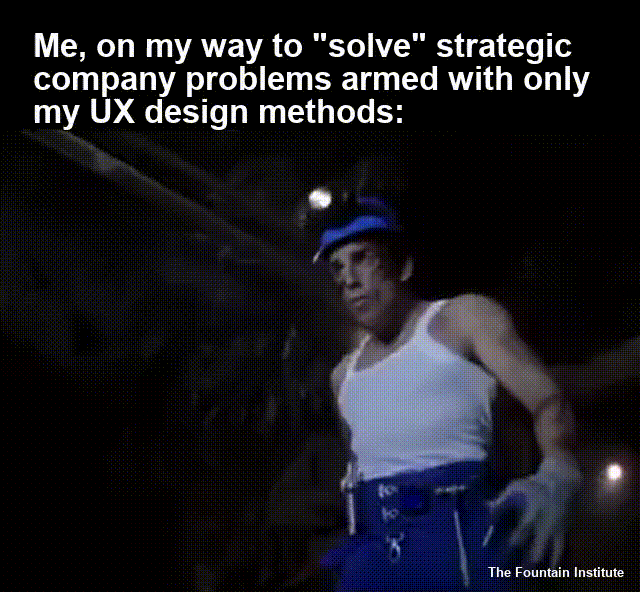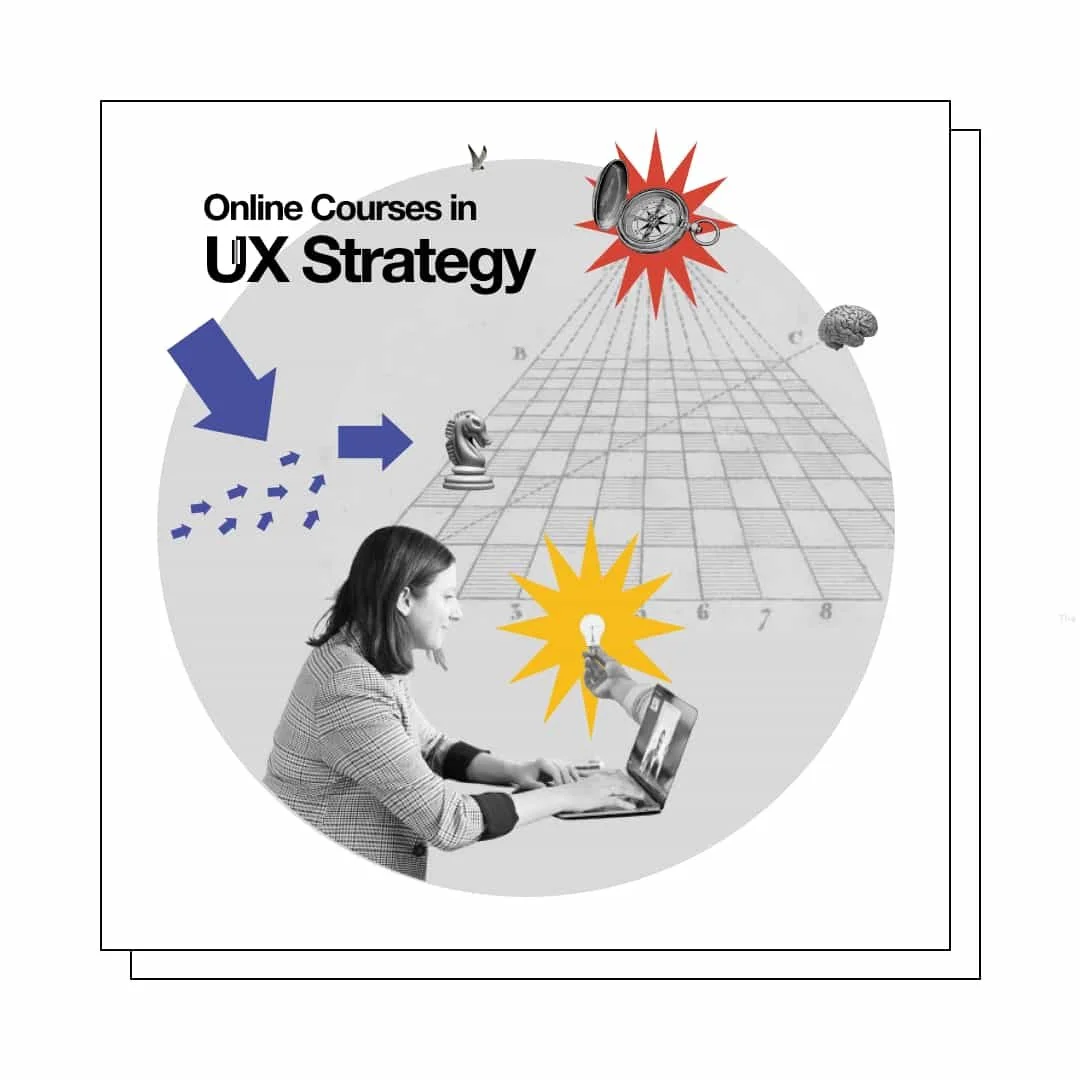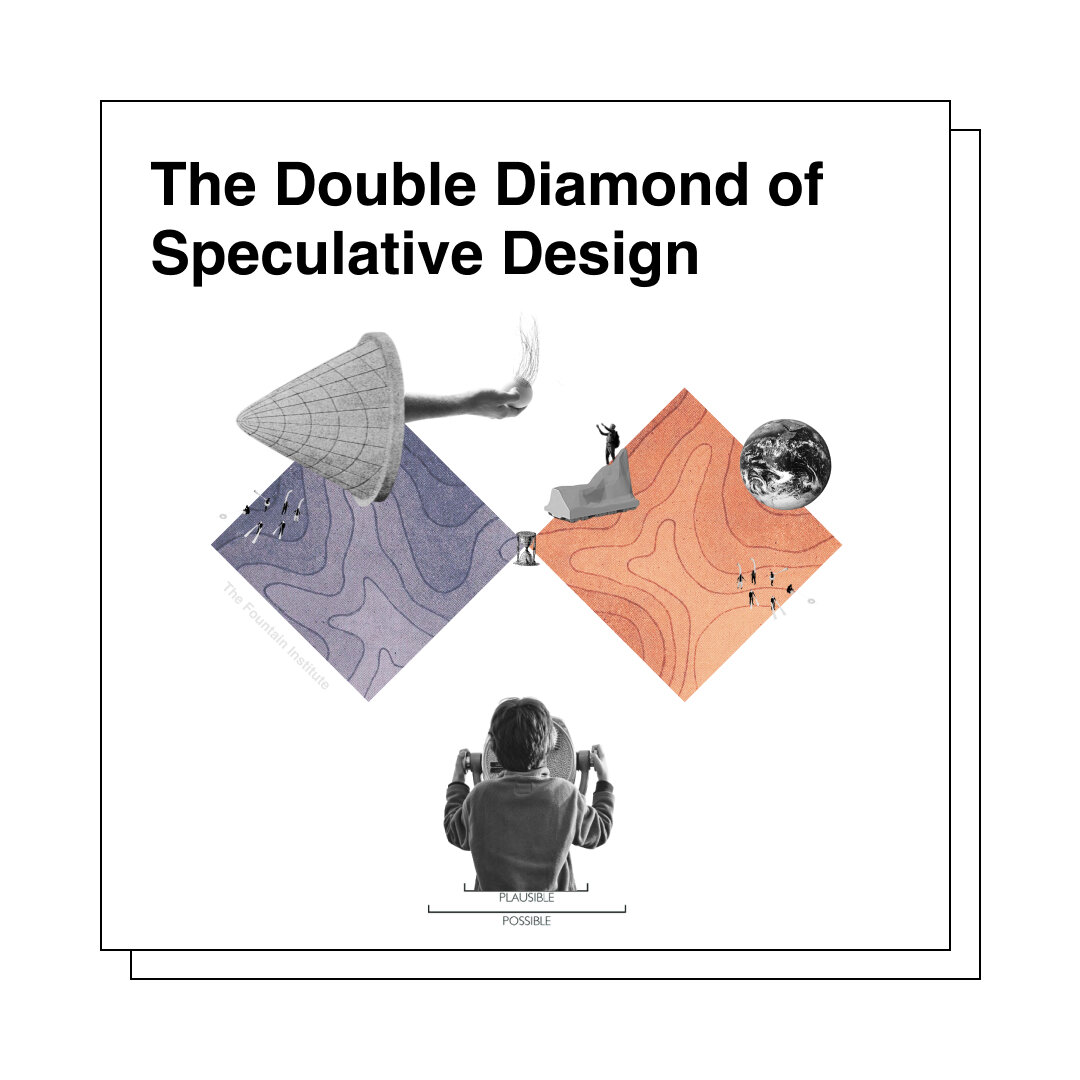Why Doing Everything is a Bad UX Strategy
A case study on unfocused UX strategy and how to avoid this common mistake in strategy work
Reading time: 10 minutes
You stroll into the board room with confidence...
You've been preparing all week for this moment.
[Cosplaying Strategy, meme by Jeff Humble]
You walk into the dark room with your Macbook and stylish clothes and suddenly feel like a teenager.
The board is finishing up a presentation on what looks like an ancient, forgotten version of Powerpoint.
You hoped this UX strategy presentation would be your first step toward getting a seat in the boardroom.
You nervously thumb the persona printouts in your folder.
It's your turn...🎤
*ahem, “so uh...”
You nervously explain your UX strategy to them and make a beautiful pitch for more budget.
You use quotes from Don Norman and that stat about how every $1 invested in UX equals $100 down the line.
One of the board members stops you: "This seems good for the customer, but how will it help us become profitable?"
You stare at the floor in embarrassment as you realize you didn’t consider the business problems, just the user problems.
You sheepishly say, "Can I interest you in a...persona?"
The Board: 🤨
Later, you discover that the company was bleeding profits and looking to cut the UX team's budget.
You brought user problems and budget requests into a room full of business problems.
UX strategy example: “Let’s do all the UX Stuff!”
The story from above isn’t entirely fictional. As a senior UX designer, I ran into a common mistake when starting out in UX strategy. I call it, “Let’s do all the UX stuff.”
I was working at a startup, and we never had enough time to do the kind of UX work that we wanted to be doing. We were on a mission to do UX correctly, but we could never get the buy-in.
I had no idea what the problem was then, but I had solutions! I had this new hammer called "UX Design," and everything looked like a nail. I wish that I'd had a hammer called "UX Strategy."
There were five UX/service/product design types at the company (not bad, considering there were only 35 people total).
We were all pretty excited to make something special on the UX team.
So we did it all. We each tackled a UX initiative that made sense for our skill sets.
“Let’s do all the UX stuff!”
It was our battle cry as we went to work.
What we did:
Some did journey maps
Some did personas
Some did user research
Some worked on a product update to improve the UX
We went to work on the solutions we could provide, which makes perfect sense unless you know about strategy. If you know about strategy, then you know why that is a terrible approach.
What we didn't do:
We didn't diagnose the problem
We didn't make any tradeoffs
We didn't concentrate our efforts
What happened?
We didn't fail. We made some progress. But we didn't succeed at solving any of those company problems. We only managed to alleviate a few symptoms.
Eventually, other problems superseded our UX team efforts, and we got pulled in a million different directions.
We were making tiny progress towards nothing. I think a lot of UX teams fall into this trap.
I know now that our problem was a lack of strategy.
We did some big-picture user mapping and service design stuff, but I wouldn't call that UX strategy.
It's funny that it felt like strategy, then.
How to design a UX strategy that solves the right problem
First, I would try to understand the user & company problems that need to be overcome. As a UX designer, you can probably list the top user problems, but few designers are privy to the problems that plague the board.
As a Senior UX Designer, I had no idea UX Strategy was about solving company problems.
It turns out strategy work looks a lot more like problem-diagnosing than problem-solving.
At the time, I was focused on the negative customer feedback we were getting in our usability testing and interviews. I wasn’t focused on design operations, market opportunities, or optimmizing our value proposition.
Like many designers, I just wanted the time to fix things. But doing UX perfectly wasn’t a strategy; it was a personal ambition.
Today, I would follow a very different process if I were doing a strategy project. That strategy process might look like this:
How to design a UX strategy
Find out who makes decisions in the org and work with them
Interview internal stakeholders and outside experts
Research the company’s position in the market
Get everyone to agree on the problem the strategy will solve
Crowdsource ideas that will strengthen the company’s advantage
Design strategic options that improve both the UX and the business
Facilitate lots of internal workshops to decide on the winning strategy
Edit the strategy ruthlessly and make tradeoffs
Implement the strategy with artifacts and policies to drive the change
Release and test for early signals of systemic change
Of course, there is no perfect strategic design process (and this list is a vast oversimplification). Just like UX design, the process should change according to the project.
Why UX strategy is worth doing right
You may not have the skills to nail a strategy project the first time. I didn’t the first time, either! But the failure taught me about the reality of strategy.
A UX strategy can be a gateway to a whole realm of work where you can design strategies to create system-wide change. That's what strategy is: a concerted effort to improve a system.
It isn't a strategy if you focus on every kind of solution. It’s a common mistake, and I see it all the time in my work teaching UX strategy.
The Bad News: focusing on the right problem is only one of many challenges in strategy work, and it requires saying no to some problems to focus on the “right problems.” Worse, you won’t know if you picked the “right problem” to solve for a long time because strategies take months to implement and even longer to get results
The Good News: Designing a UX strategy isn't wildly different from the UX process you already know: understand the problem before you solve it. UX strategy is a gateway to solving company and user problems while increasing your impact to the whole system, not just the user experience.
A UX strategy can be a gateway to a whole realm of work where you can design strategies to create system-wide change. That's the real goal of strategy: a concerted effort to improve a system.
How to Design a UX Strategy
Want to learn how to design a UX strategy? Check out this free masterclass called How to Design a UX Strategy. It’s an overview with examples of UX strategies from organizations like IKEA, Flixbus, GOV.UK, and the country of Sweden!
If you learned anything from this story, I hope you realize the power of looking at things from the perspective of the business stakeholders.
From their perspective, who is a better hire: “a designer that tries to improve the UX” or “a designer that tries to improve the UX and the company”?
UX strategists can play in the whole system, and one day, I hope you can, too.



![What is UX Strategy, Really? [Definition, Examples & Template]](https://images.squarespace-cdn.com/content/v1/5dc5935a7224ad2839d7e750/1690900371024-D6TO1WZD9ED628OO0B1T/What_is_UX_strategy%28thumbnail%29-Fountain_Institute.png)





